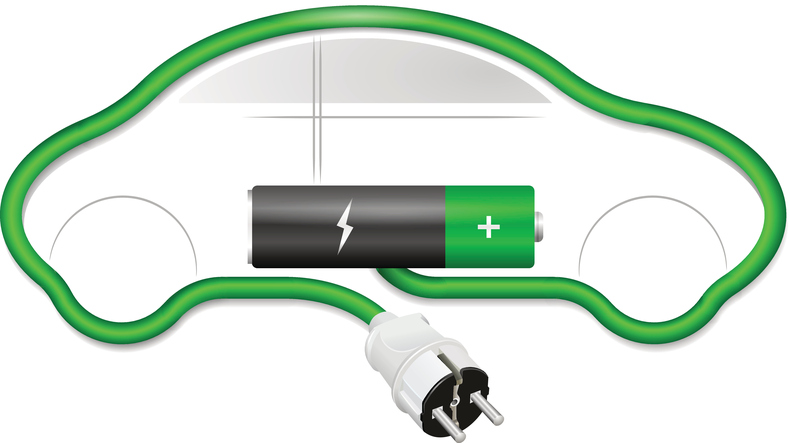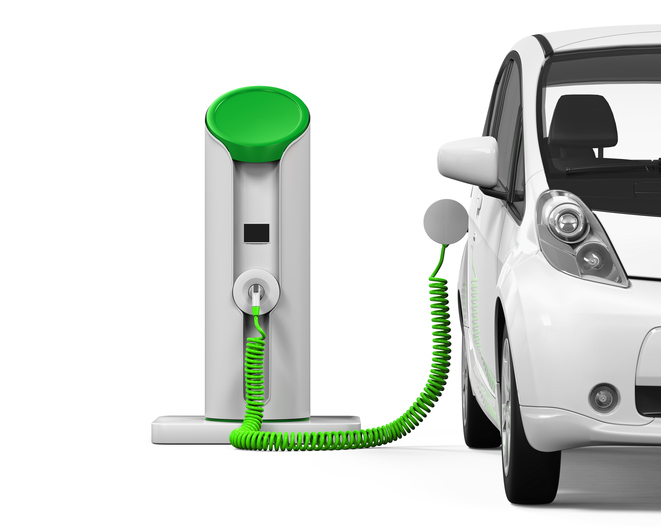What Students in Automotive Technology Courses Can Learn About Hybrid and All-Electric Car Batteries

In the first half of 2016, Canada saw a 54 per cent increase in electric vehicle (EV) sales over the previous year. With most major car manufactures releasing new hybrids and EVs, there are more options than ever for environmentally-conscious consumers, and sales are booming. For every hybrid or EV produced there is a battery inside powering it. These batteries are highly sophisticated and are becoming more powerful with the help of new advancements in technology.
Are you interested in pursuing a career in automotive hybrid technology? Check out these three important pieces of information about hybrid and EV batteries.
Students in Automotive Technology Courses May Learn How a Battery Works
The batteries that power hybrid vehicles aren’t typically as powerful as EV batteries, but they still pack a punch. Either way, batteries in both hybrids and EVs use the same method of converting chemical energy into electricity.
A battery is made up of one or more electrochemical cells and each cell has two half-cells called electrodes. One of the half cells is known as the negative electrode and the other is a positive electrode. When the two half-cells are connected by a wire, electrons start flowing between them creating electricity.
The reason the electrons start flowing from one side to the other is because the negative electrode has an overabundance of electrons, but the positive doesn’t. So once the gateway is opened up (when the wire or electrical cable is connected), the extra electrons from the negative cell rush to the positive side, creating electricity in the process. As graduates of automotive technology courses may know, car batteries stop functioning once all the electrons have passed to the side of the positive electrode.
Students in Hybrid Automotive Training Courses May Discover Different Types of Batteries
The unique challenge that comes with working on hybrid or EV batteries is that they must be rechargeable. Batteries for vehicles are expensive, so replacing them every time they run out of charge would cost car owners thousands of dollars. This is why car manufacturers design their batteries with recharging capabilities in mind, and are always on the lookout for the best materials to do this. Over time, they have determined that these types of batteries are the best rechargeable options:
- lead-acid
- nickel metal hydride (NiMH)
- lithium-ion
Lead-acid batteries have been around since 1859 and are the oldest form of rechargeable battery still used today. They are cheap to produce, but come with an array of issues. They produce dangerous gases while in use and if batteries are overcharged, they could explode.
NiMH batteries were introduced for commercial use in the 1980s. They have a high energy density, meaning lots of energy can be packed into a small battery. This is extremely attractive for vehicle manufacturers, because space is always an issue when designing cars. In addition, NiMH batteries don’t produce toxic metals, so they make recycling easier.
Lithium-ion batteries also have a high energy density. In addition, they are much less likely to lose their charge while not being used. Experts believe lithium batteries may be the best option for powering hybrid and EVs in the future, but for now too much is unknown about this type of battery and they are considered too expensive to produce.

Students in Automotive Technology Courses Learn About Environmental Protection
As a student in hybrid automotive training courses you will learn about environmental safety practices surrounding the handling of car batteries. Automotive professionals with formal training have a high standard of ethics and know to ensure the safe disposal of the chemical materials contained in car batteries.
Professionals disposing of car batteries know that they should not be sent to the dump. Instead, they should be taken to specific recycling stations that have the ability and infrastructure to dispose of the battery safely. In some cases, it may be possible to recycle the battery by sending it to the car manufacturer. In fact, many chemical contents found in a car’s battery, like the lithium in lithium-ion batteries, can be reused to make new batteries.

Are you interested in enrolling in auto technology training in Vancouver?
Contact Automotive Training Centres today to learn how you can get started!

